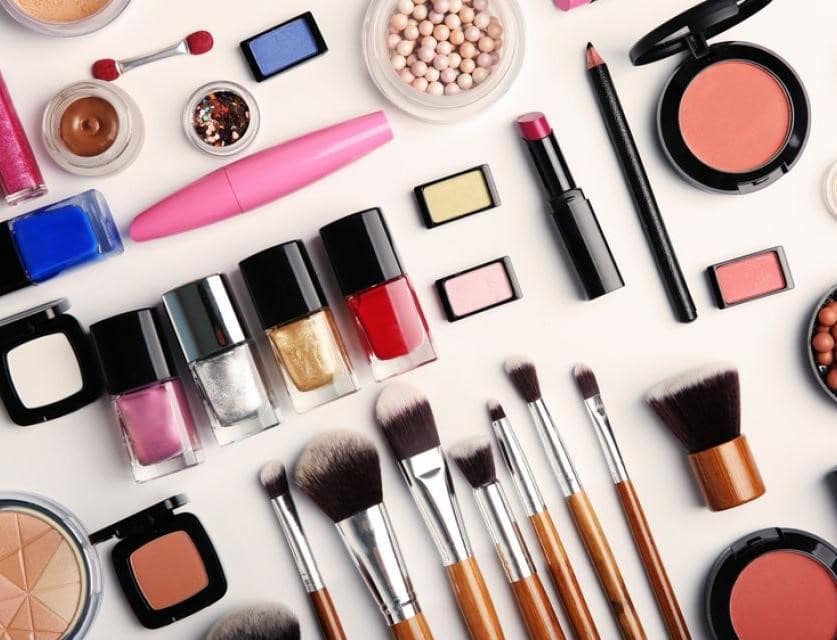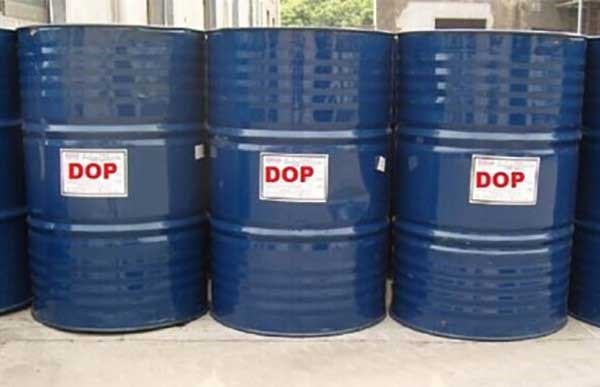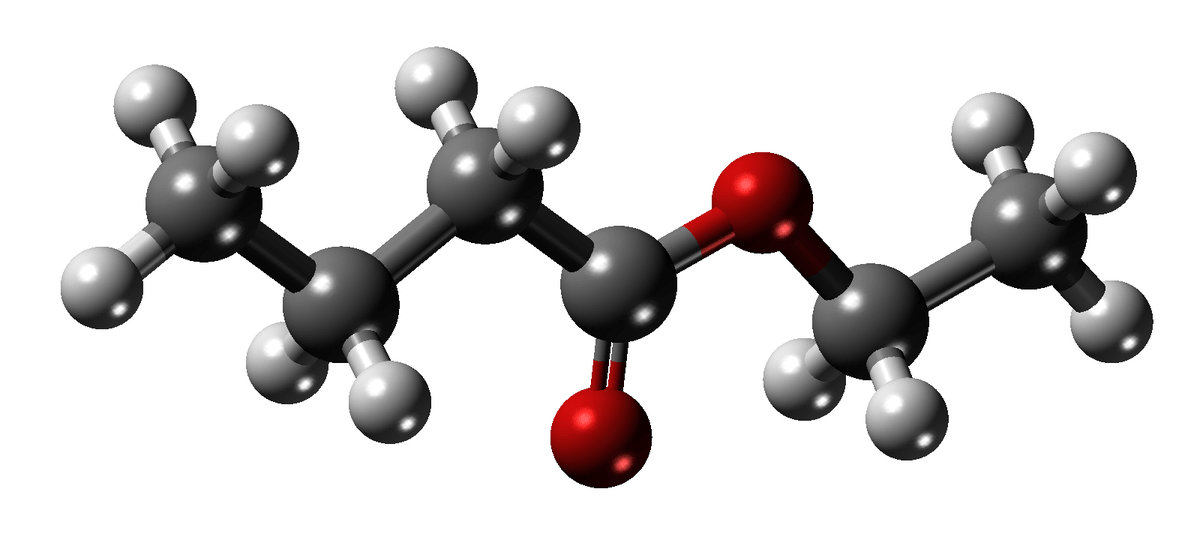Regarding the types of phthalates, we must say that phthalates refer to a group of chemicals known as phthalic acid esters. These materials are commonly used in the plastics industry as softeners.
Plasticizers or softeners are often added to other materials such as polyvinyl chloride (PVC) and other polymers such as styrene and rubber to make them elastic and resilient.
Regarding the most widely used types of phthalates that are widely used in industry, we can mention 5 examples, which are: benzyl butyl phthalate, diisodicyl phthalate, di (2-Ethylhexyl) phthalate (DEHP), diisononyl phthalate, and dibutyl. phthalate
Since the early 1980s, there have been concerns about the effects of phthalates on human health. Phthalates can be removed from substances added to them. Thus it is clear that there is extensive environmental contact with chemicals.

Phthalates in cosmetic products
Familiarity with the use of different types of phthalates
As we mentioned at the beginning, phthalates are a group of chemical materials that have high flexibility and high elasticity. Phthalates are commonly used to make a variety of products, such as automotive and hospitals.
These products are commonly used to soften plastics; They have very high resistance and their durability is high. This means that these materials have high stability. Phthalates are divided into light and heavyweight categories, which are based on their molecular weight.
Types of heavy phthalates:
These types of phthalates have 9 to 13 carbon atoms in their chemical chain, which makes them very durable and stable. These phthalates are used in many products, usually based on polyvinyl chloride. These products include adhesive films, flooring, roofing, and composite rubbers.
Types of lightweight phthalates:
These phthalates have 3 to 8 carbons in their main chemical chain. The most common types of phthalates in this category are dibutyl phthalate (DBP) and di (2-Ethylhexyl) phthalate (DEHP).
What are the properties of different types of heavy phthalates?
Because phthalates have various chemical and physical properties, this material is usually used to produce widely used industrial products. They need to have high resistance and durability against wear.
Phthalates are used in the manufacture of items such as flexible hoses, car interiors, electrical cables, wall coverings, coated fabrics, sports equipment, shoe covers, and pools. As we mentioned at the beginning, it is possible to use phthalates in different cases and they are also interchangeable.
A distinctive feature of phthalates is that each of them is used to produce specific products. This allows manufacturers to meet the needs based on their needs such as safety, function, size, color, and shape, which are part of the appearance. Also, experience increased wear resistance.

use of Dioctyl phthalate
Application of dibutyl phthalate
One of the most widely used types of phthalates is di-butyl phthalate, which is known as an organic chemical structure. This chemical form has the molecular structure of a benzene ring and 2 carboxylic acid substituents; Thus reactive active groups are formed.
The chemical composition of this material is used in the plastics and rubber industry as a solvent. The most important role of this compound is the function of the plasticizer. Many countries around the world currently produce this compound.
This product is low risk and non-toxic to humans but toxic to aquatic animals. This substance is naturally produced by some animals and plants. It is a clear liquid in appearance, with a very low odor and colorless. Phthalates are used in the packaging and food industry.
Application of phthalates
- Due to its non-toxic nature, it is used as an emollient or plasticizer.
- Another application of this substance is its use as a solvent in industry.
- Phthalates are used as additives in varnishes, polishes, adhesives, and printing inks.
- Other uses include cosmetics, aromatic solvents, and skin emollients.

